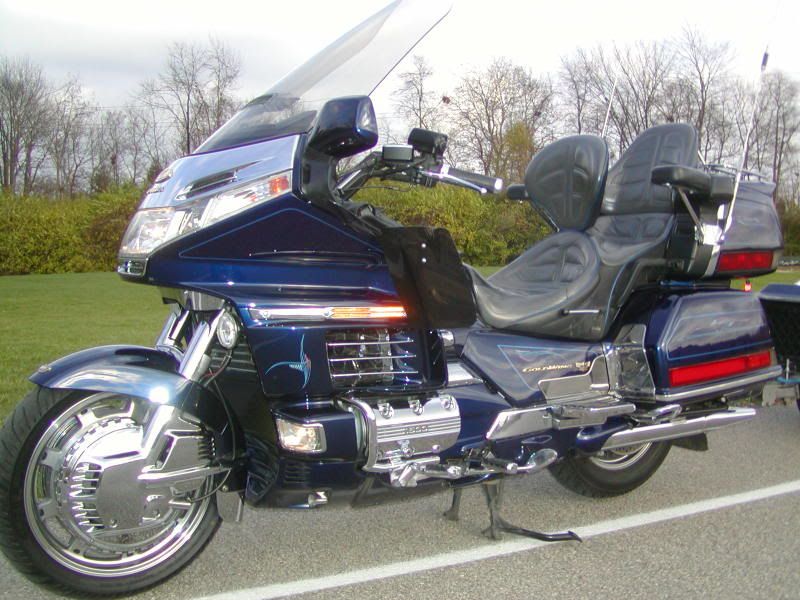I'm trying to figure out how to set the adjustment determining at which level of ambient light it stops modulating and sets the high beam to constant on.
The regulation says
sensing element perpendicular to a horizontal plane. Headlamp modulation
shall cease whenever the level of light emitted by a tungsten filament
light operating at 3000[deg] Kelvin is either less than 270 lux (25
foot-candles) of direct light for upward pointing sensors or less than
60 lux (5.6 foot-candles) of reflected light for downward pointing
sensors. The light is measured by a silicon cell type light meter that
is located at the sensor and pointing in the same direction as the
sensor. A Kodak Gray Card (Kodak R-27) is placed at ground level to
simulate the road surface in testing downward pointing sensors.
So for those of you who have modulators, at what darkness level do they stop modulating.
Does it stop an hour before sunset, just before sunset, a bit after sunset, half an hour after sunset, an hour later or something else.
Does it still modulate if its cloudy out.
If you sit under a short underpass does it stop, or only a long tunnel.
does it modulate sitting inside your garage on a sunny day, how about cloudy.
Thanks in advance for any responses.
.png)
 /
/




Comment